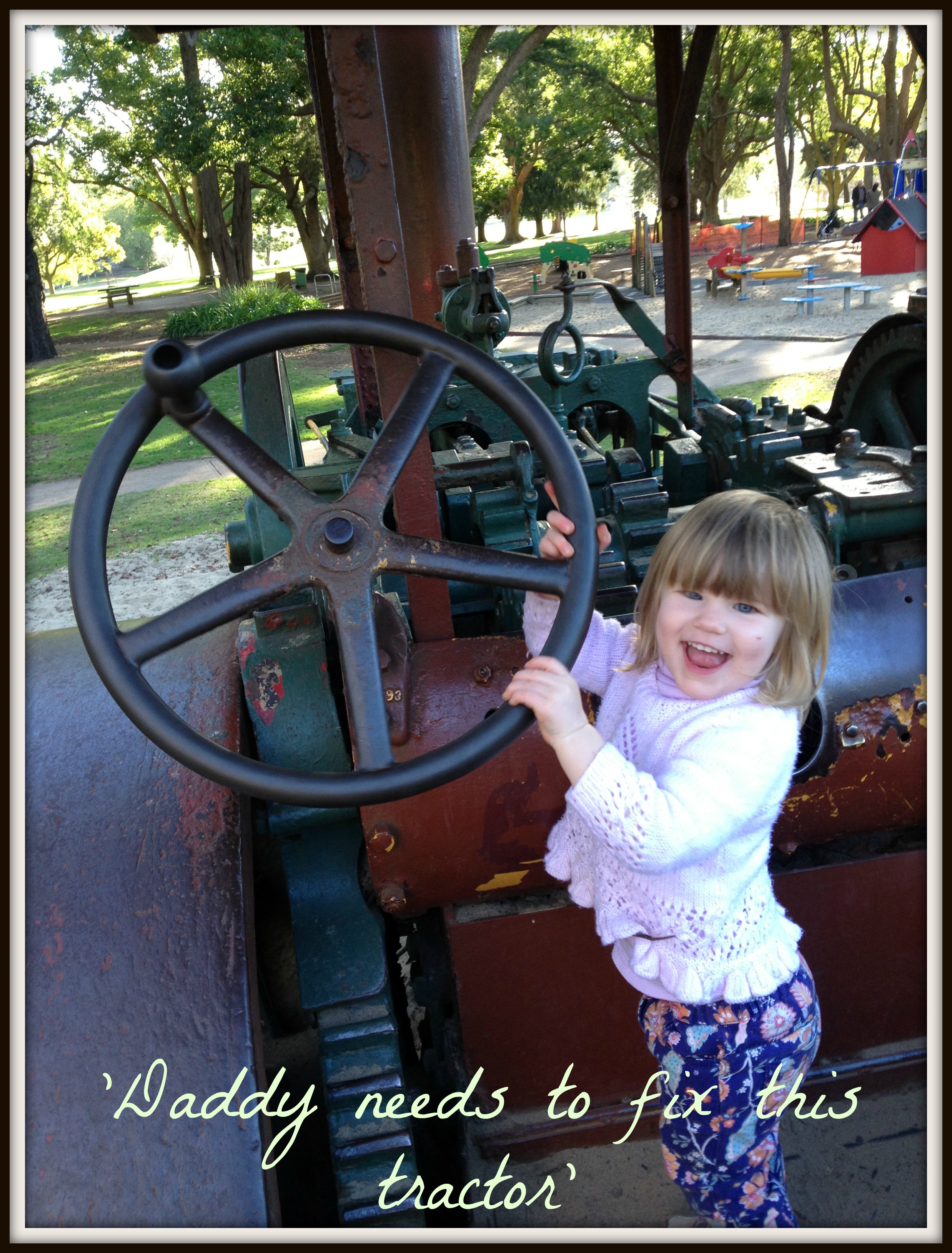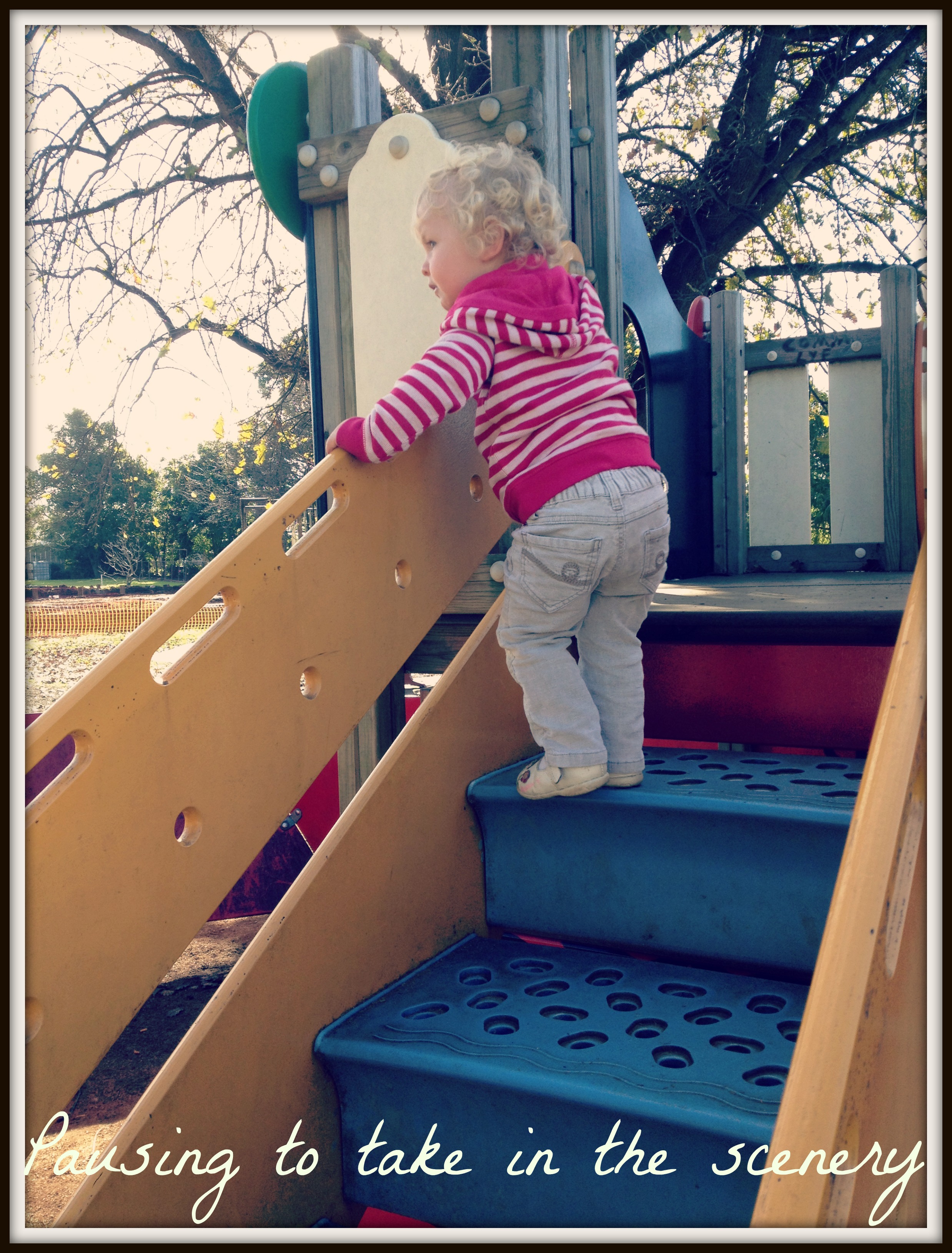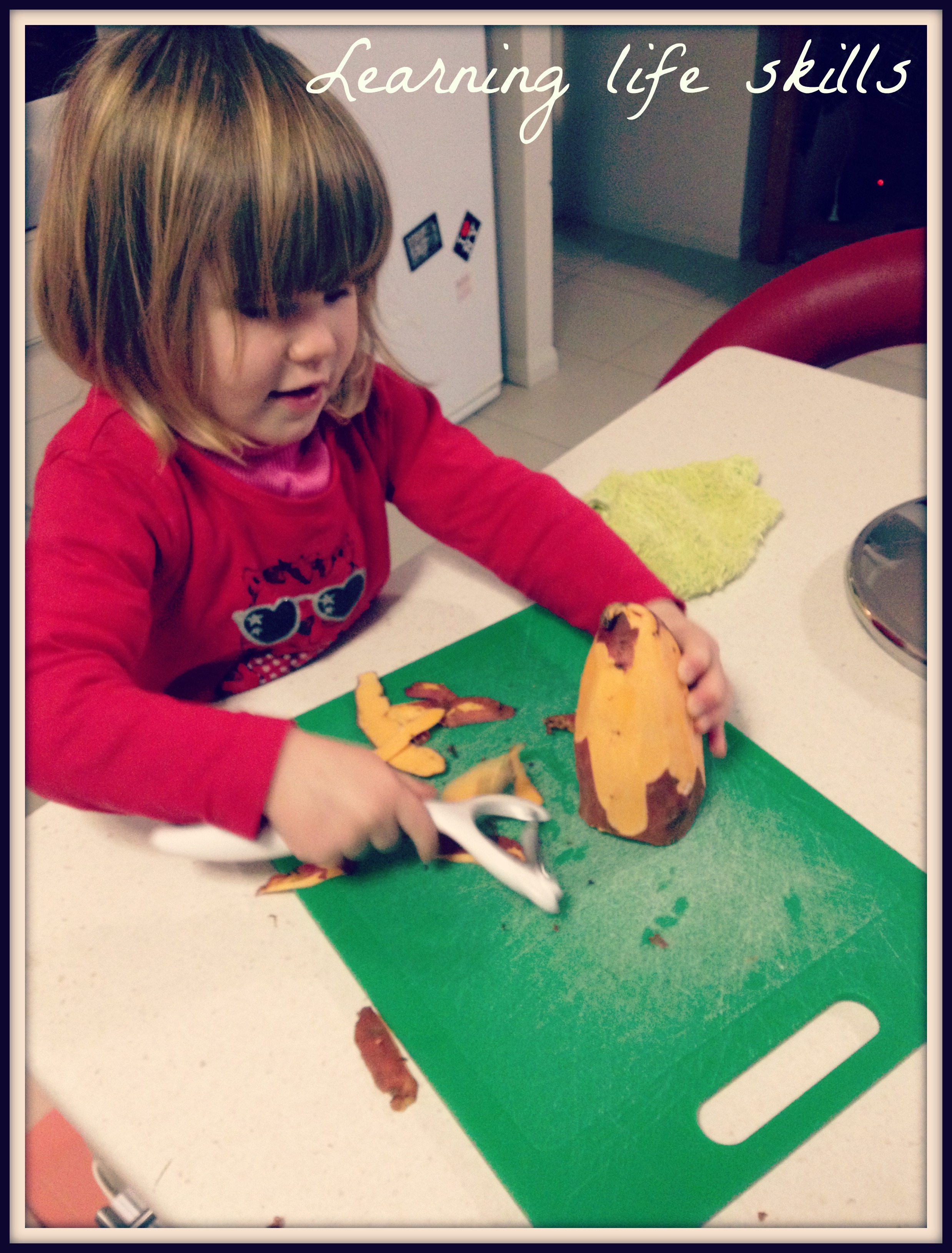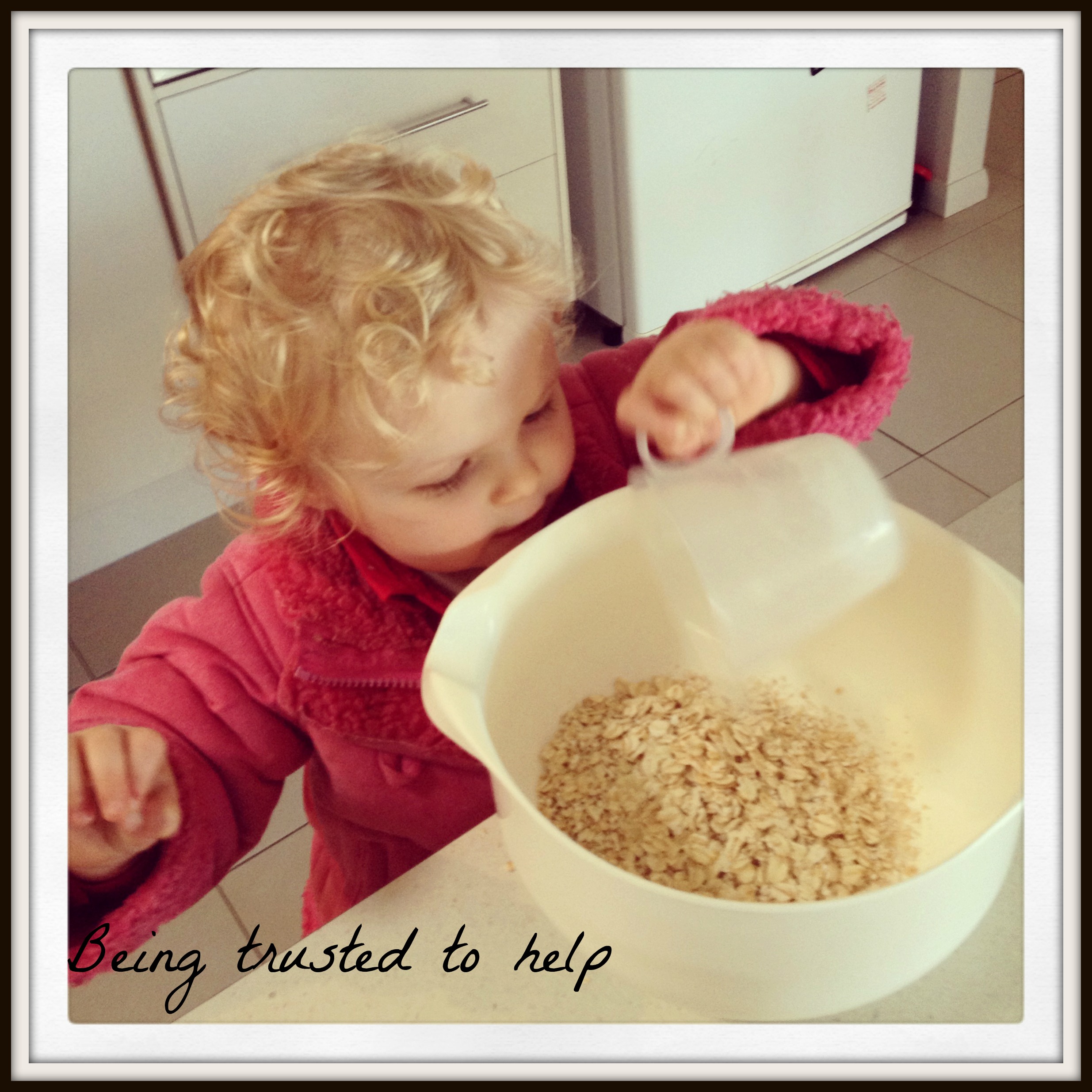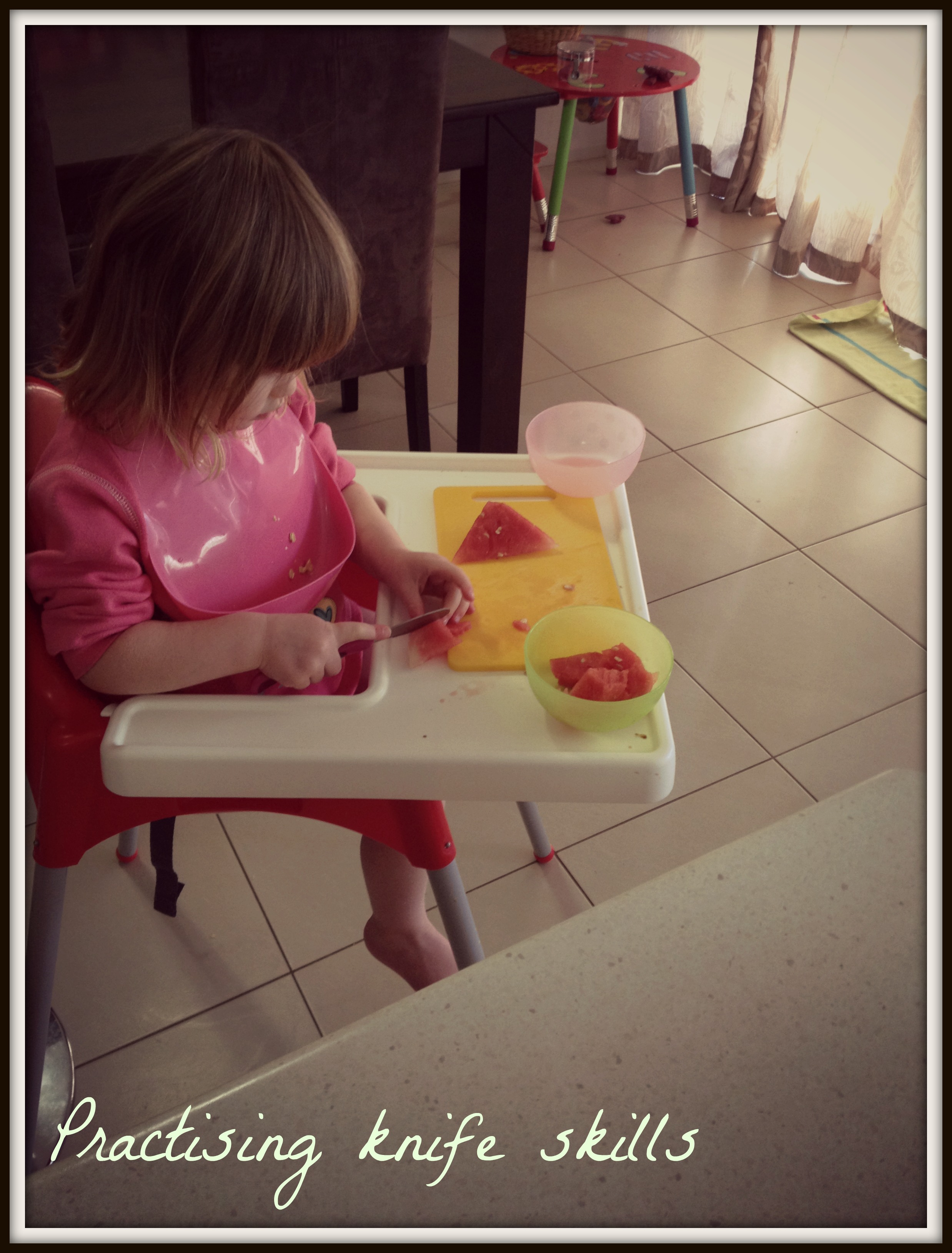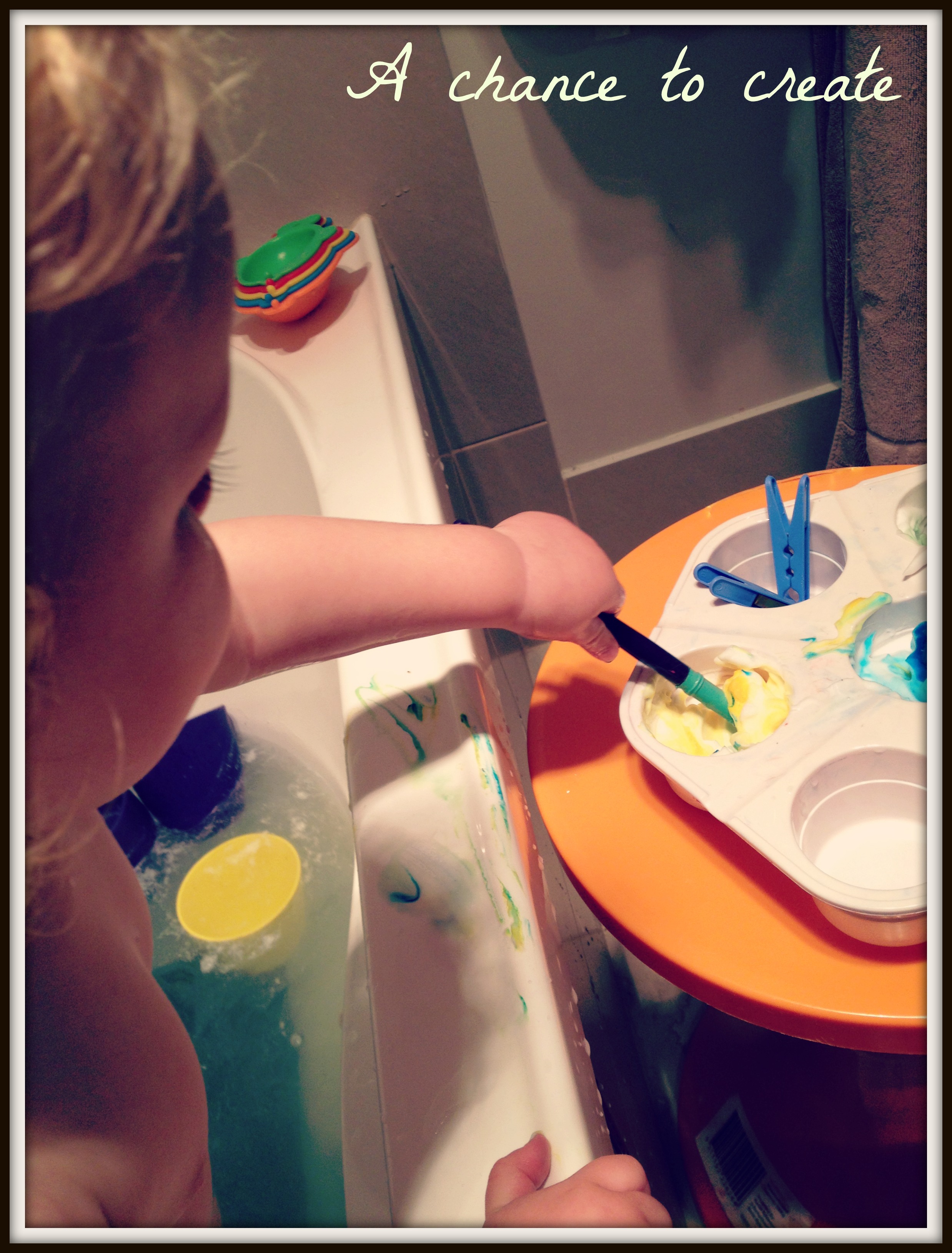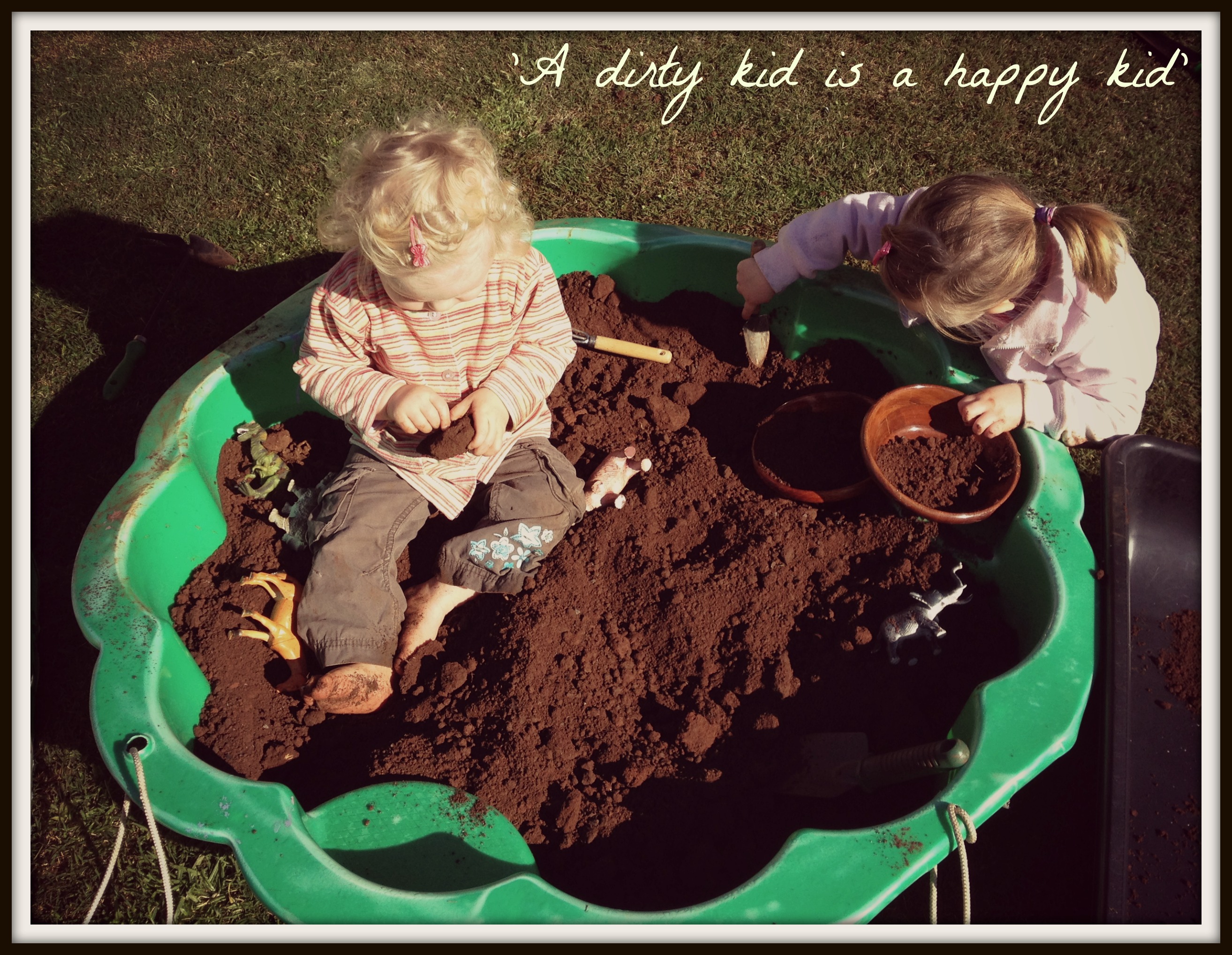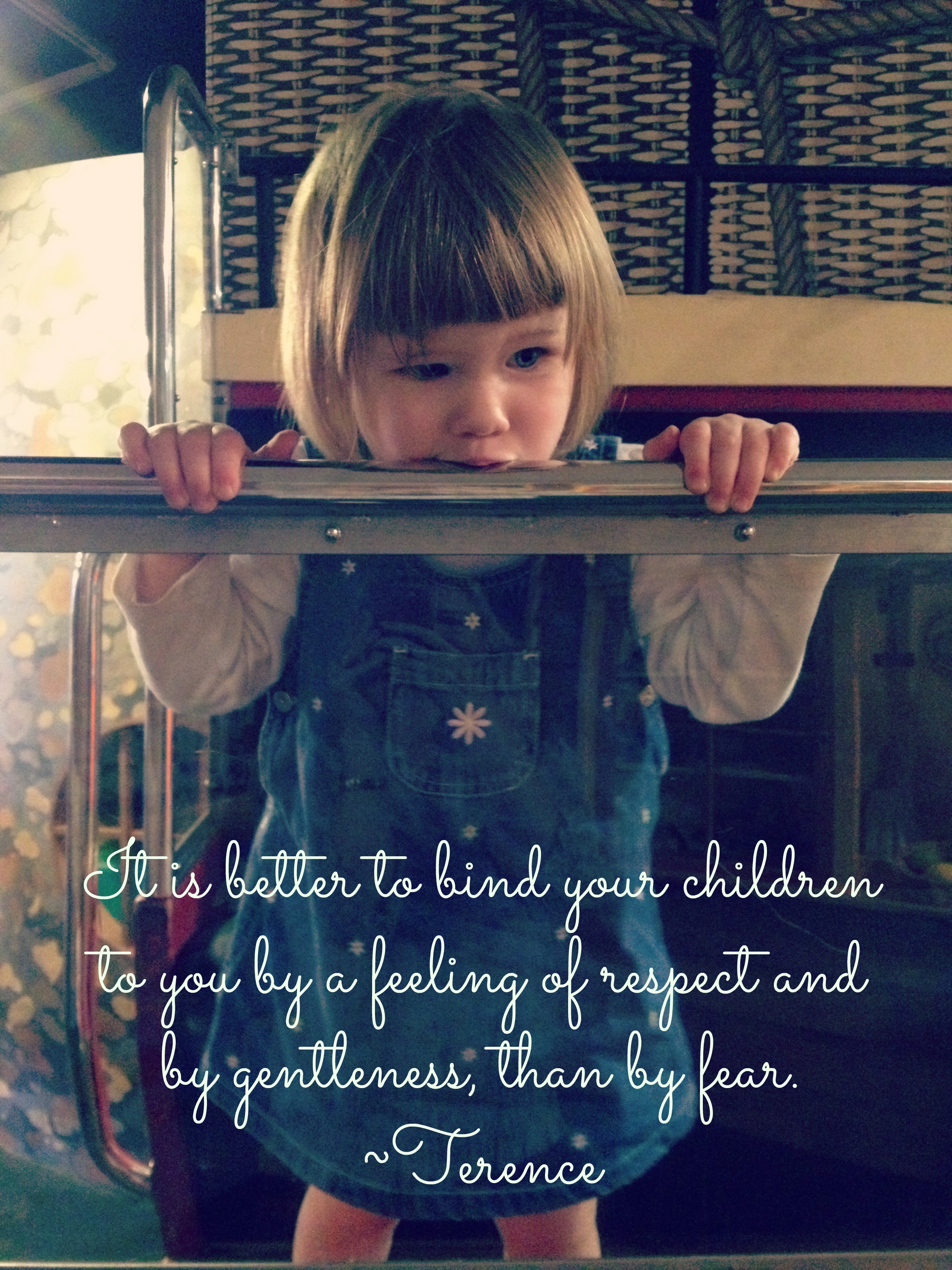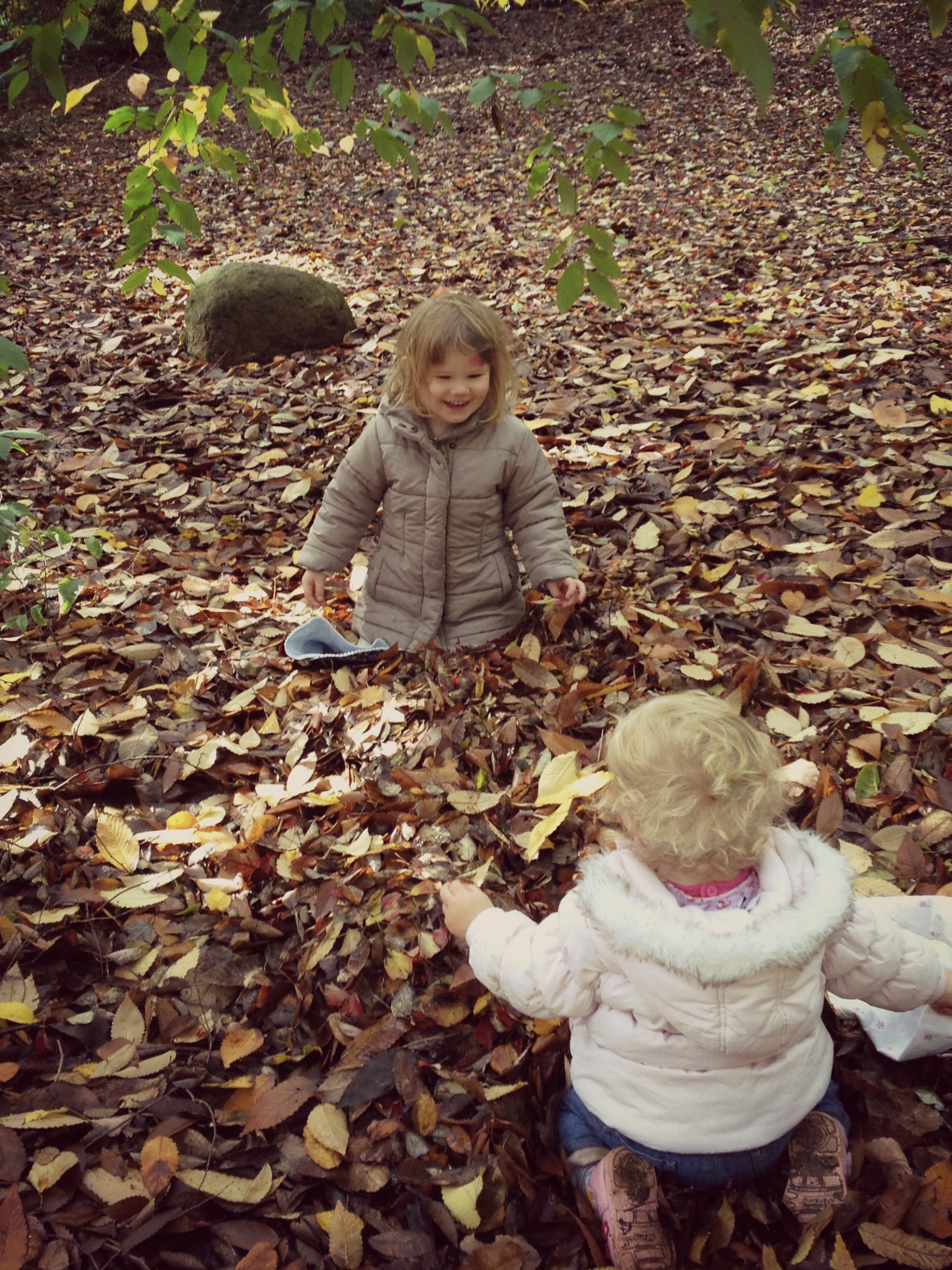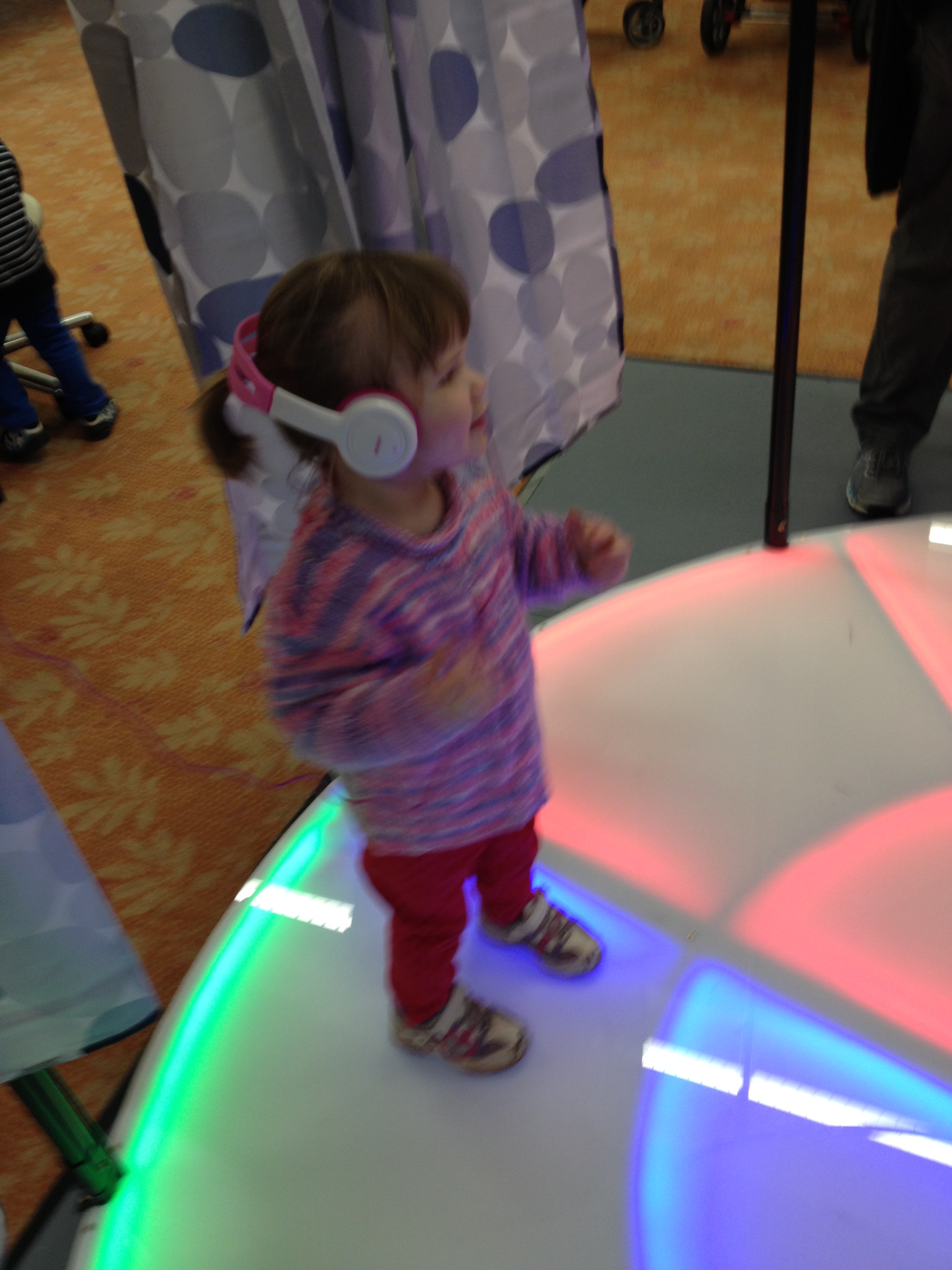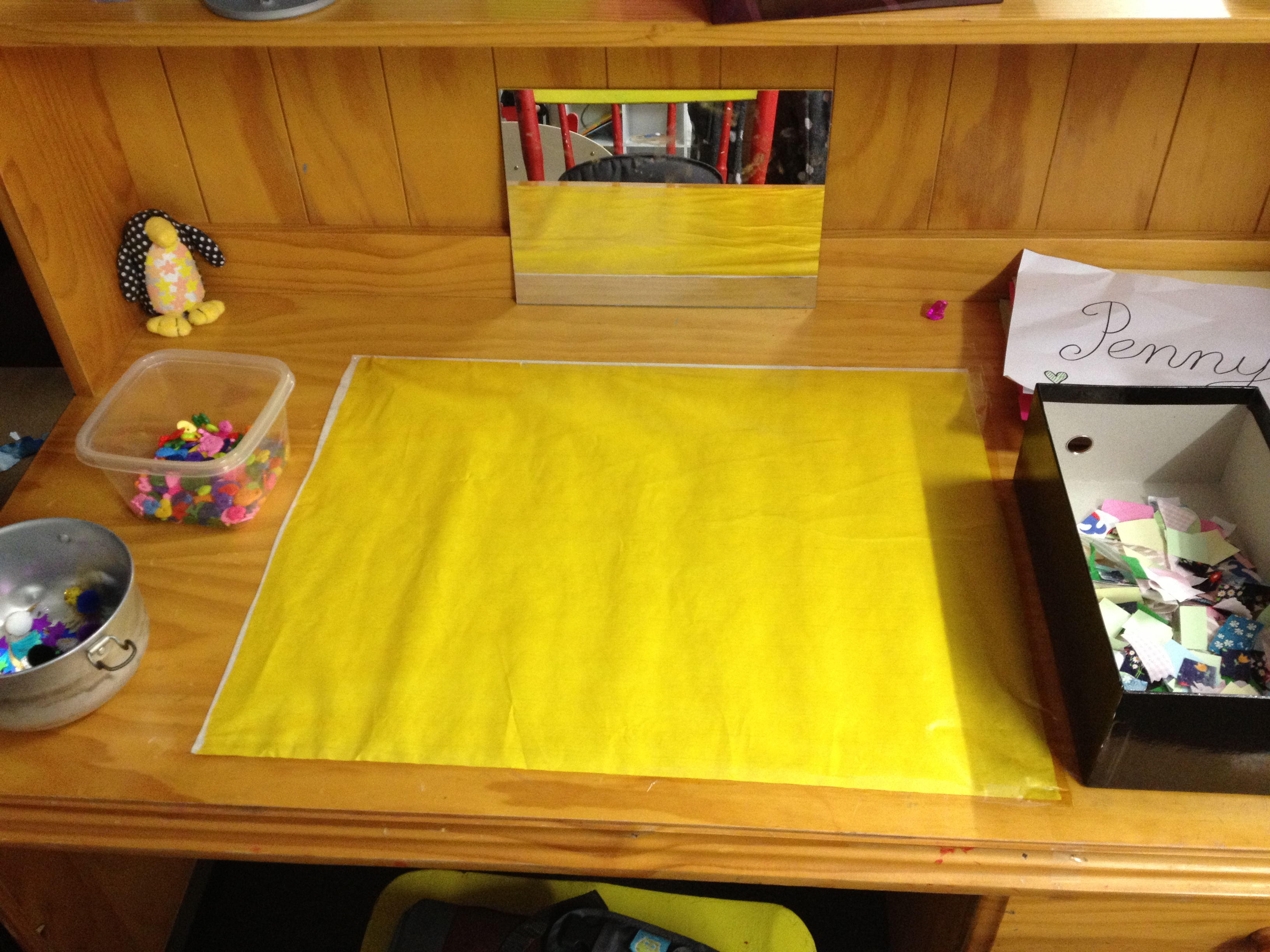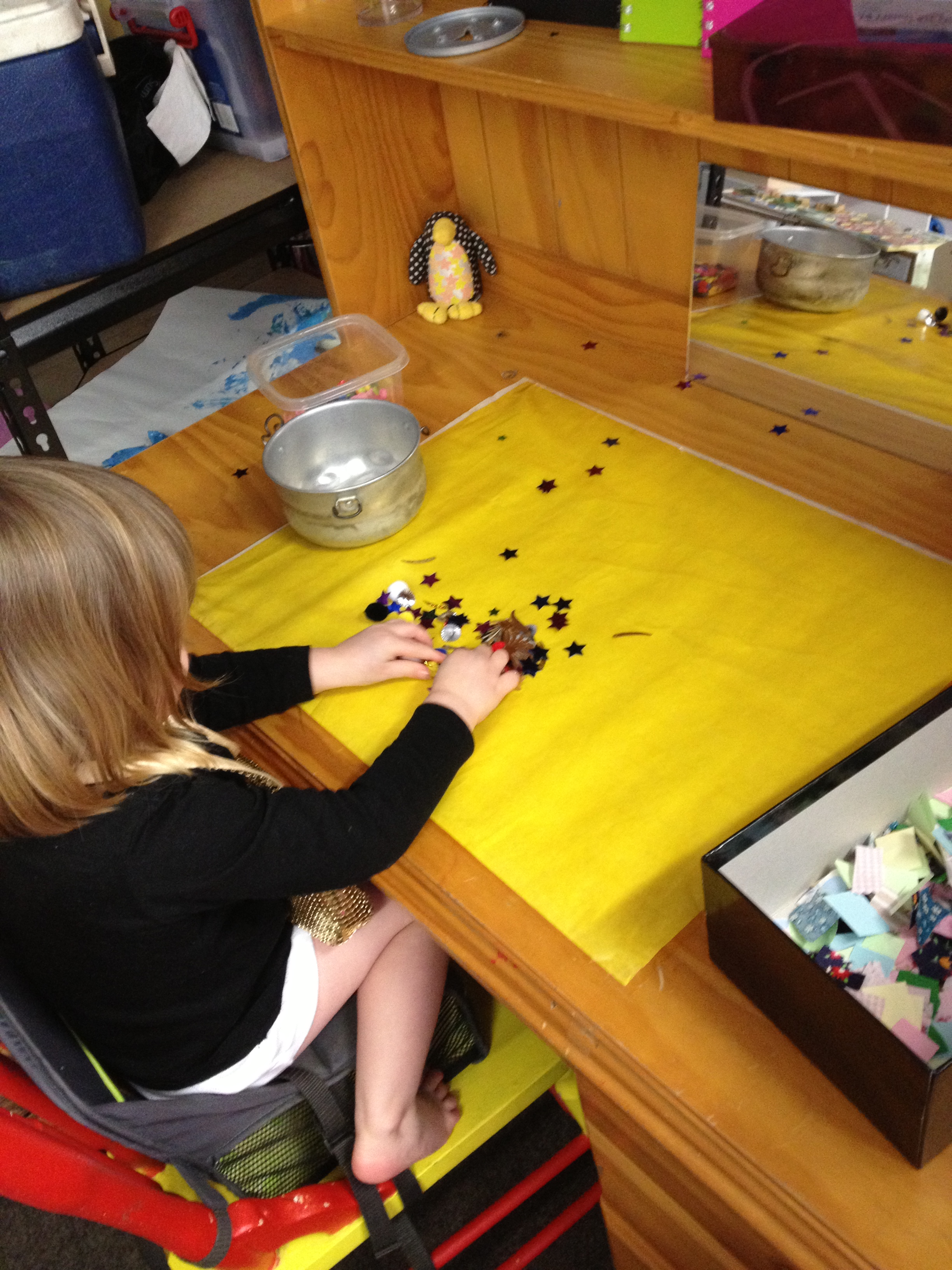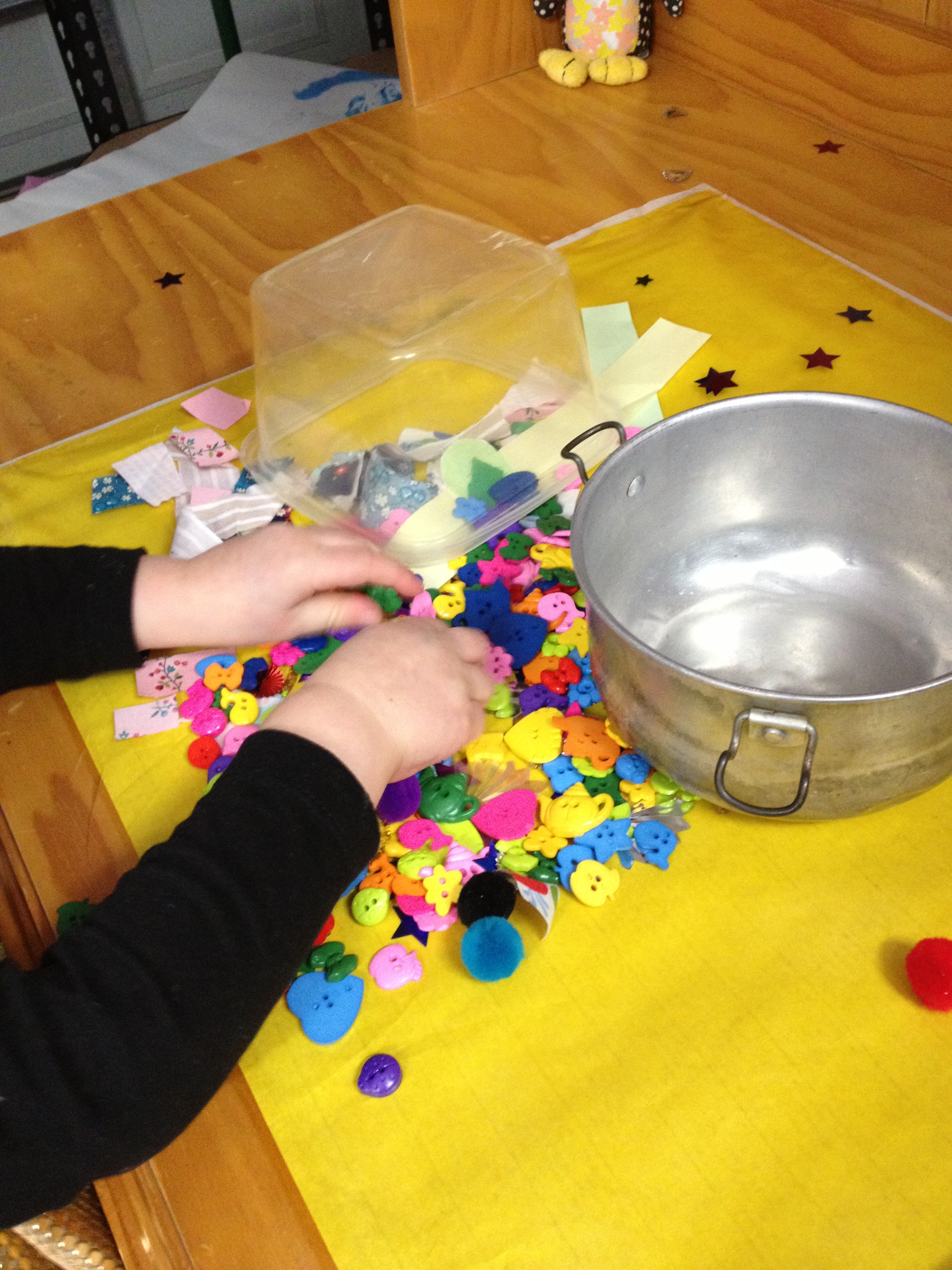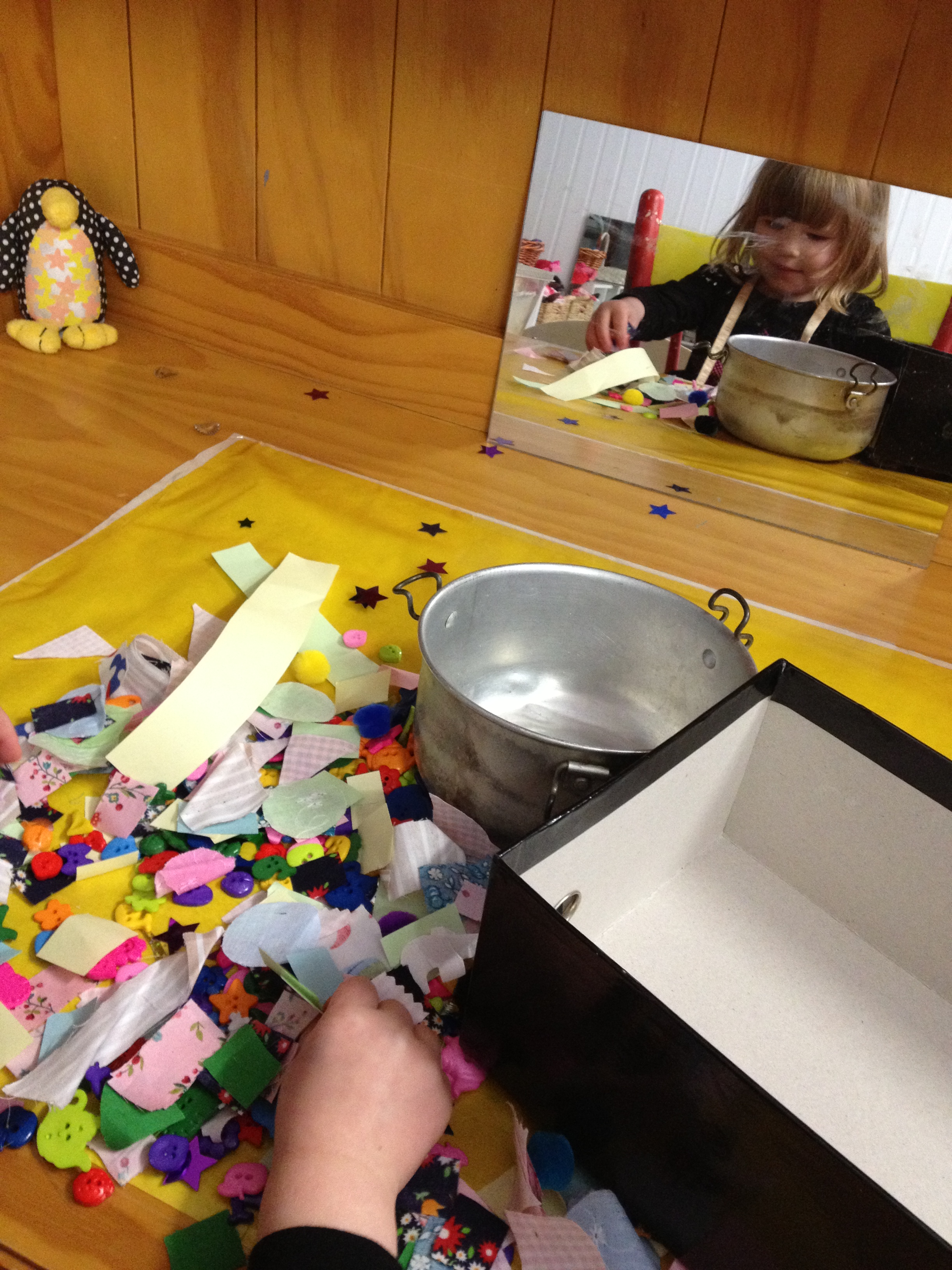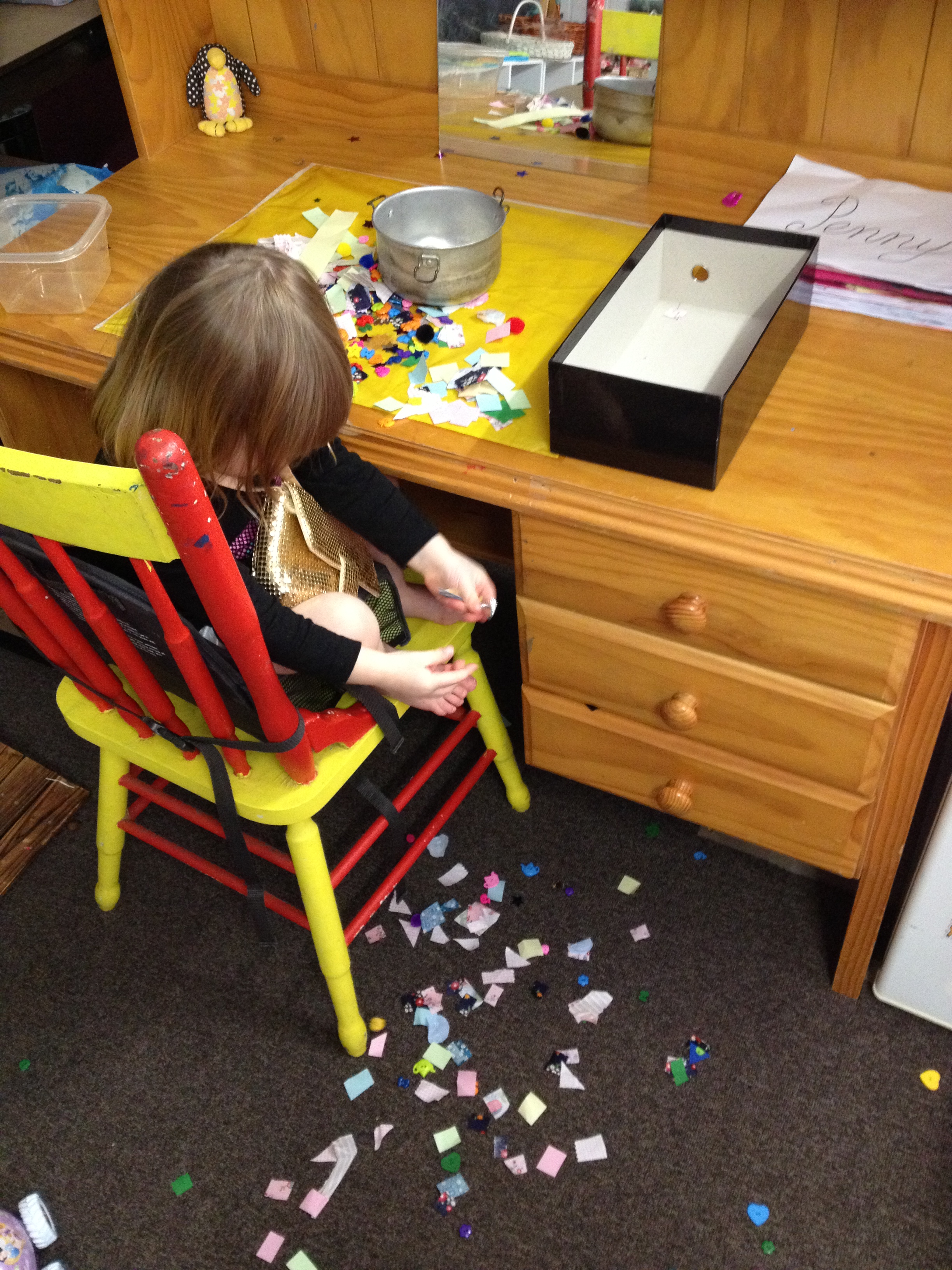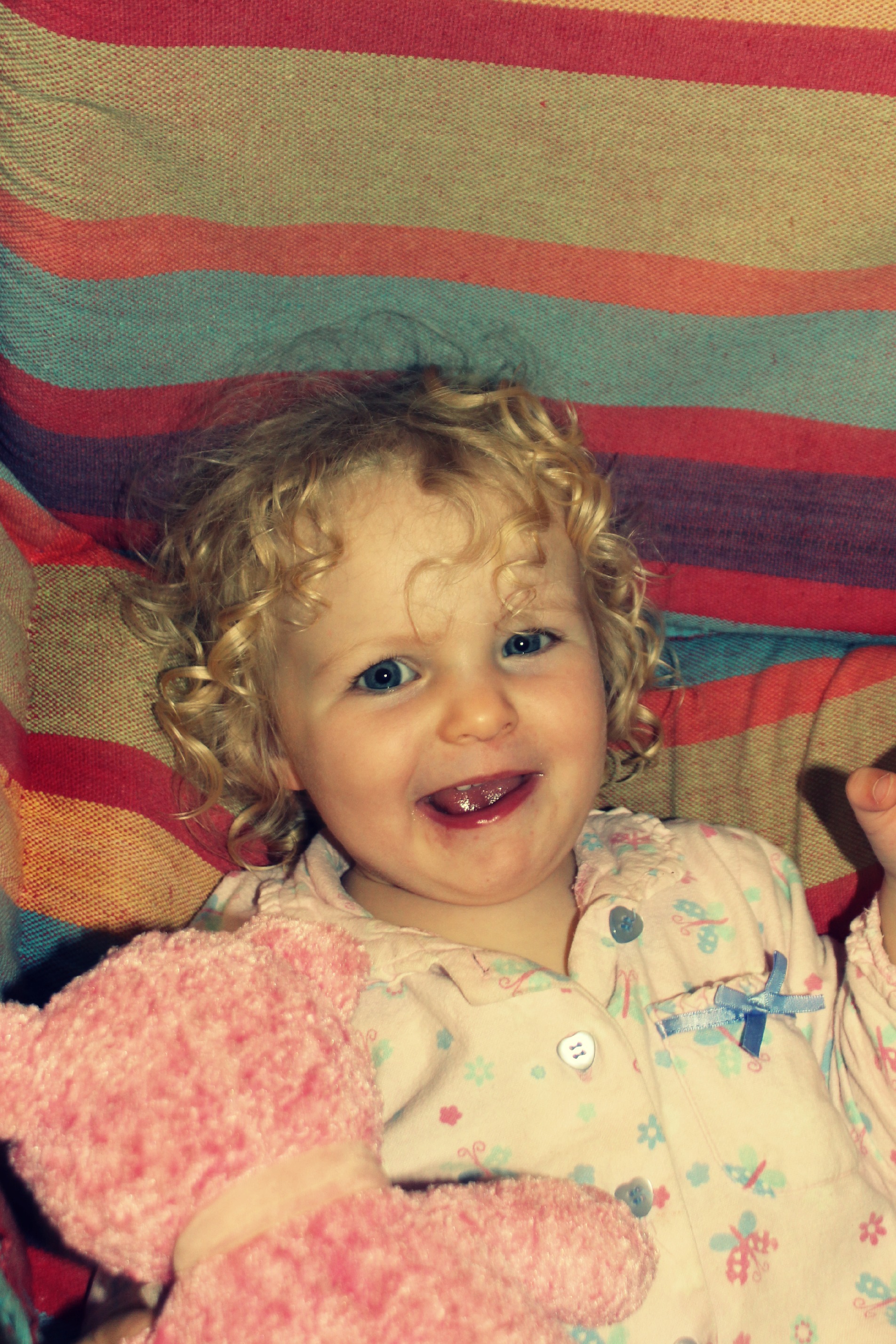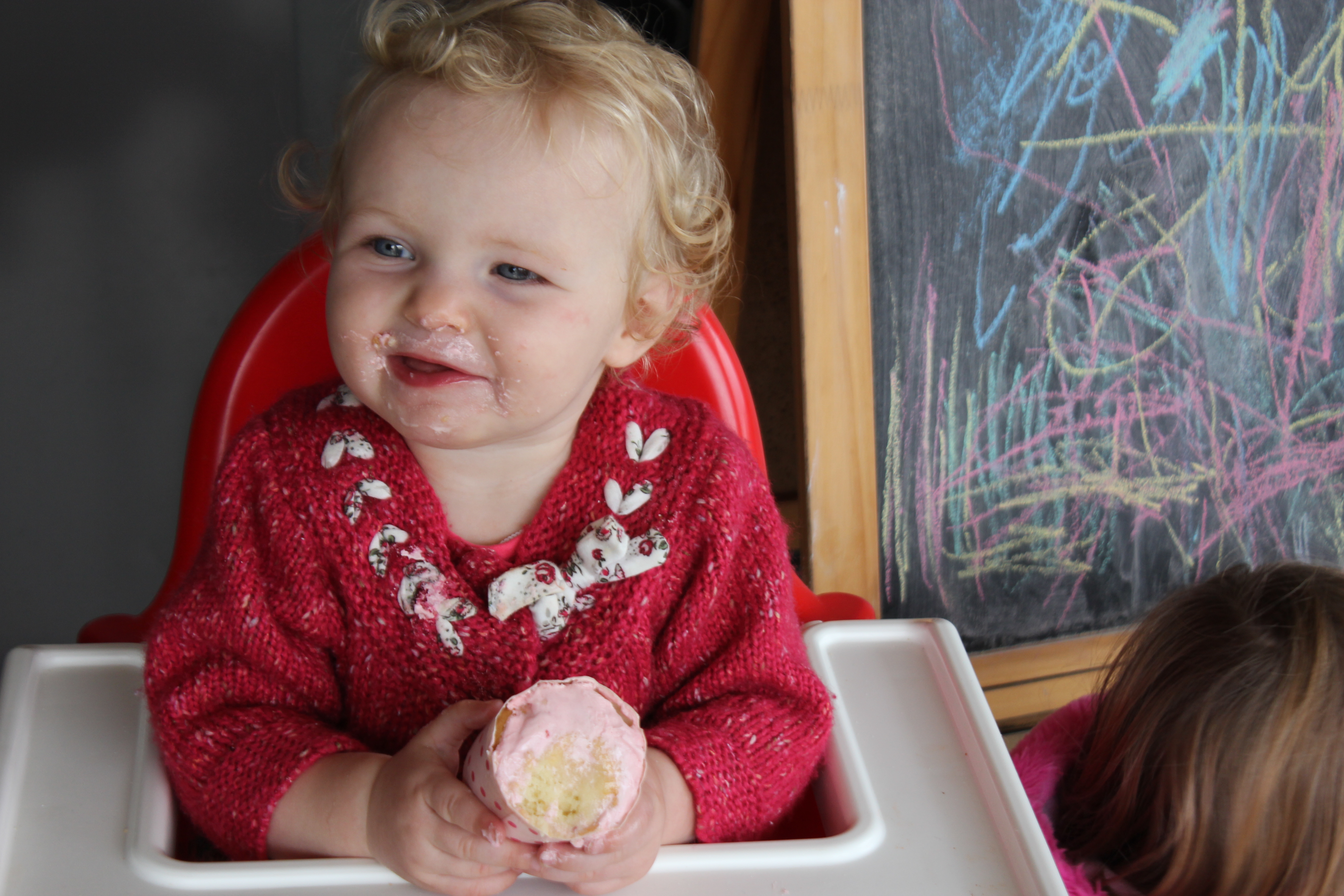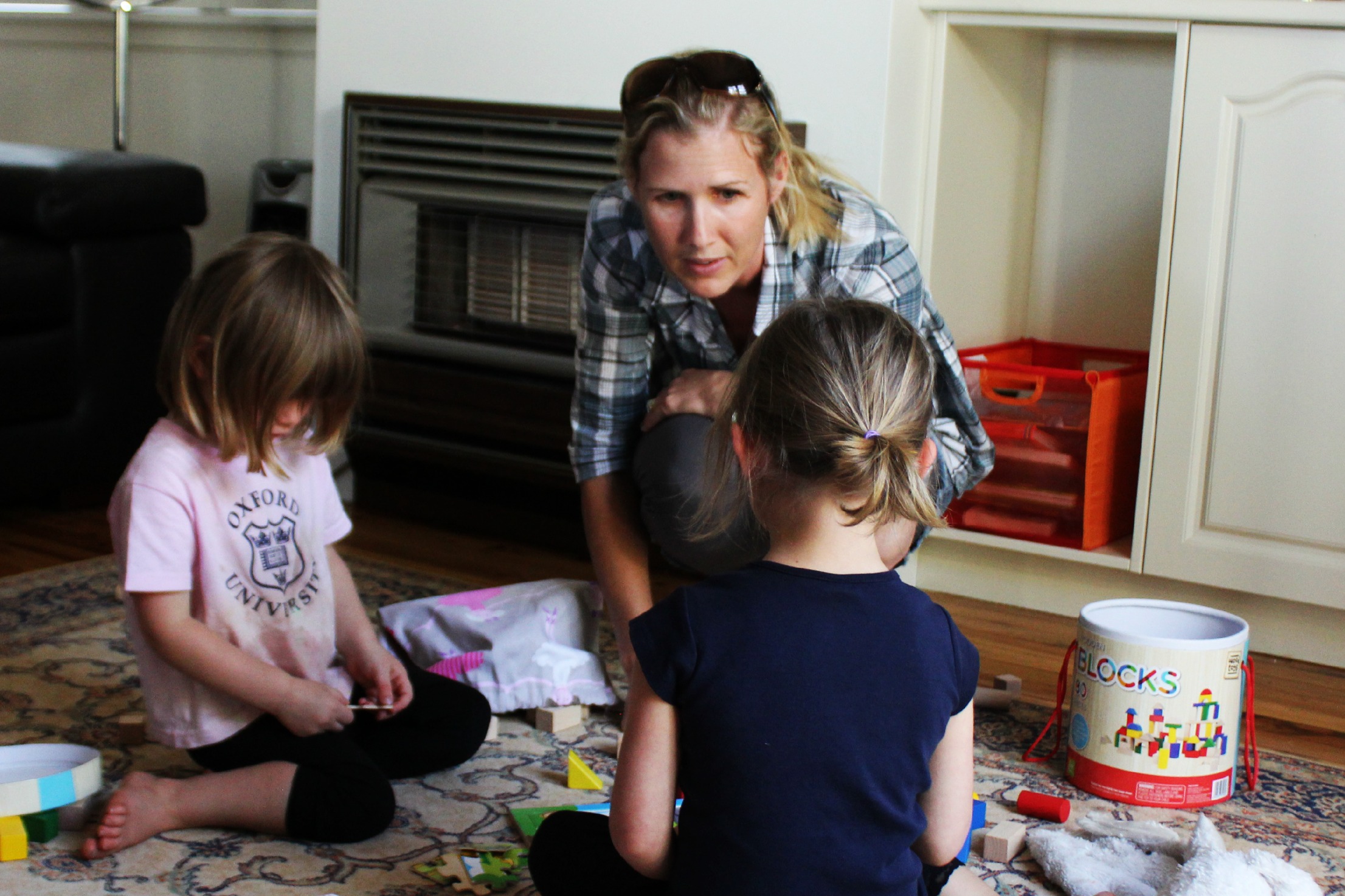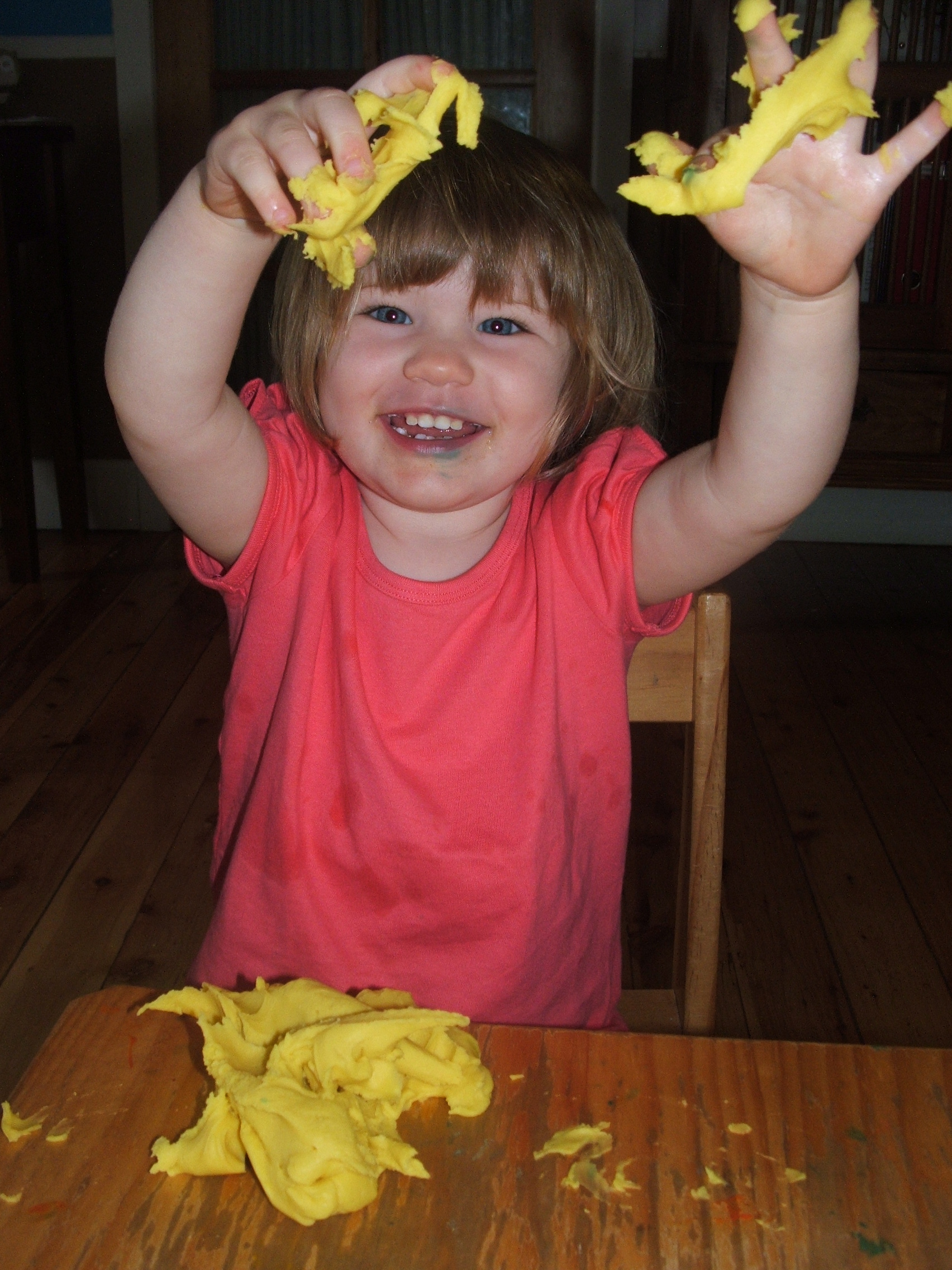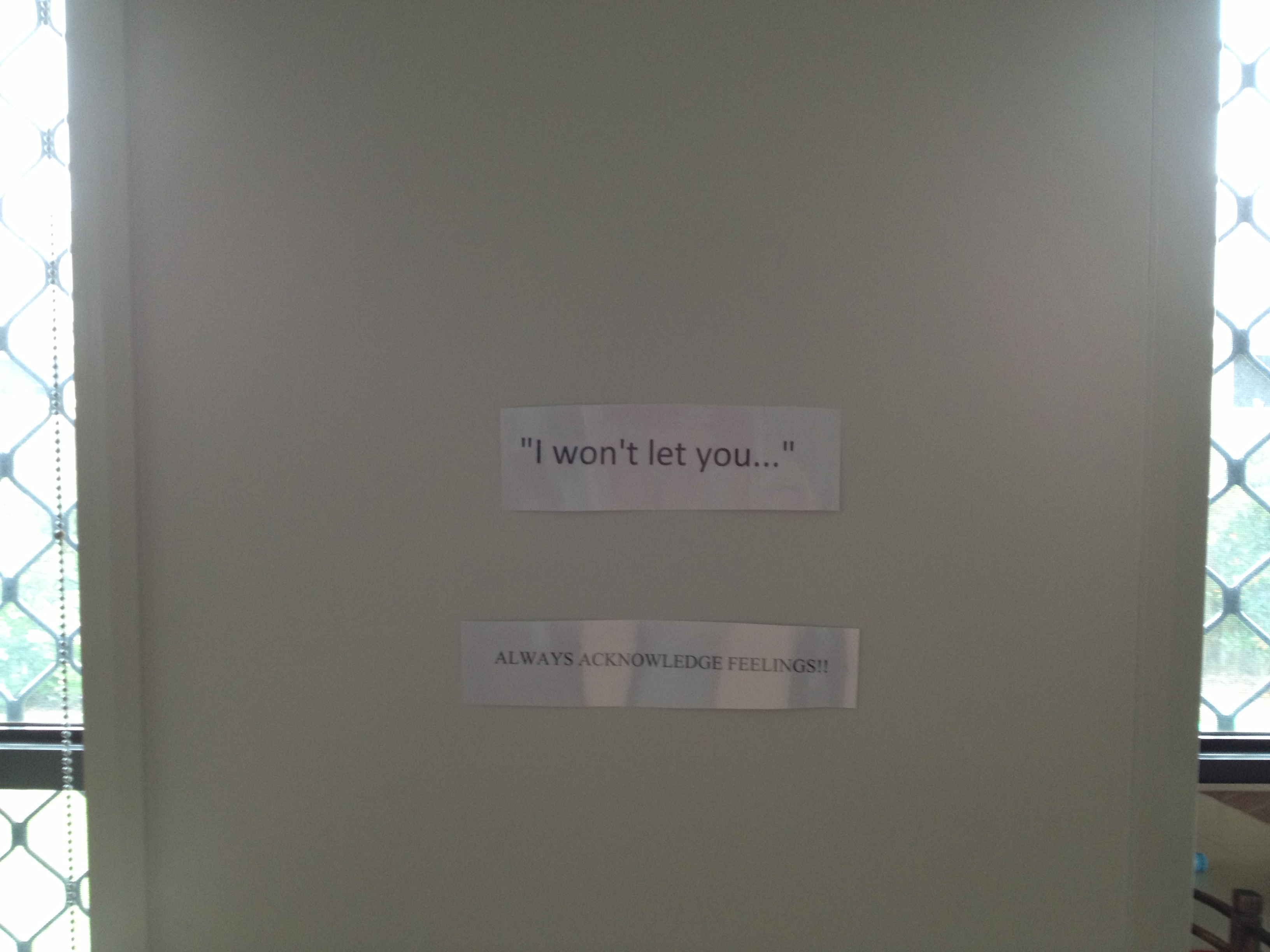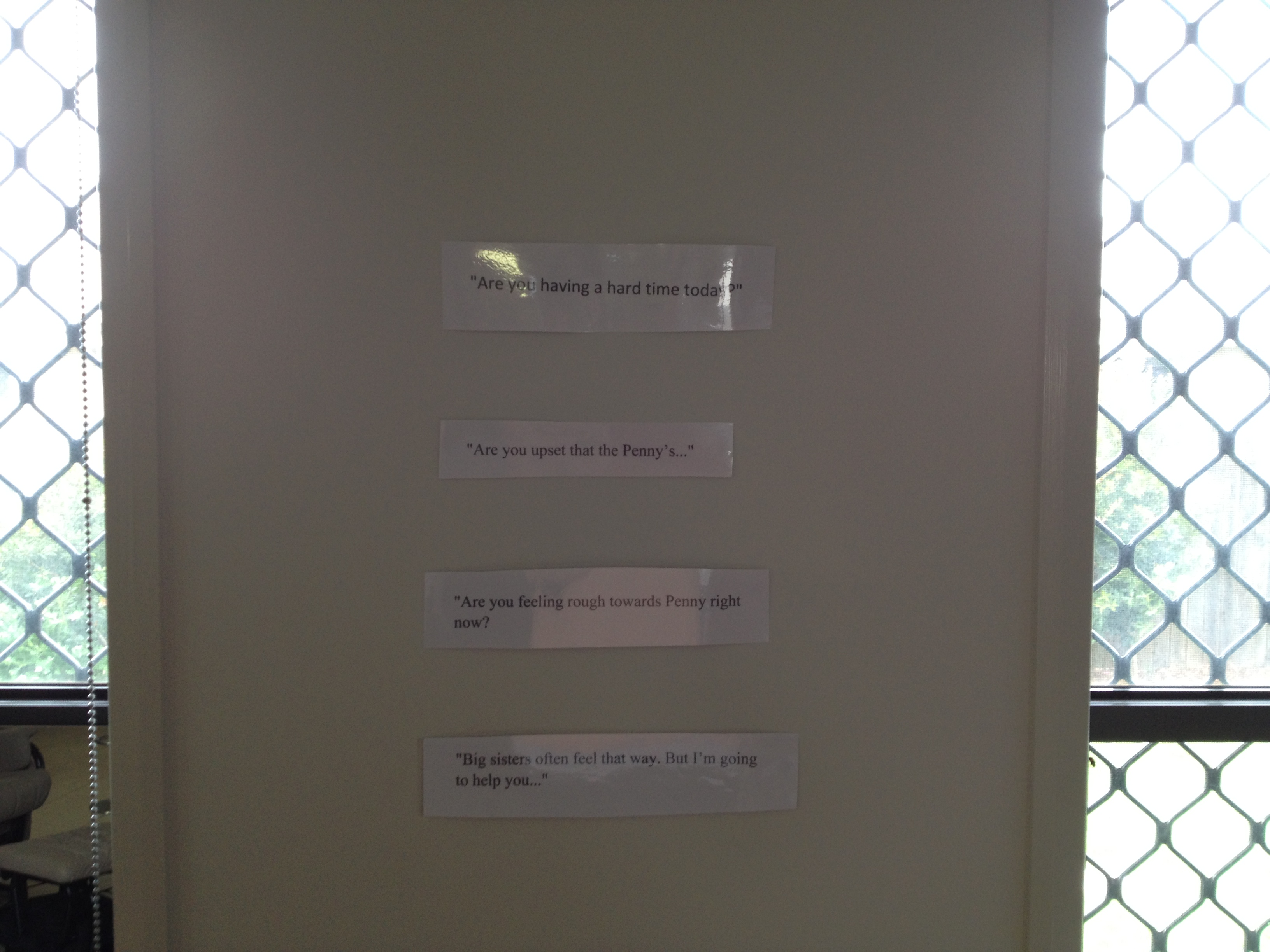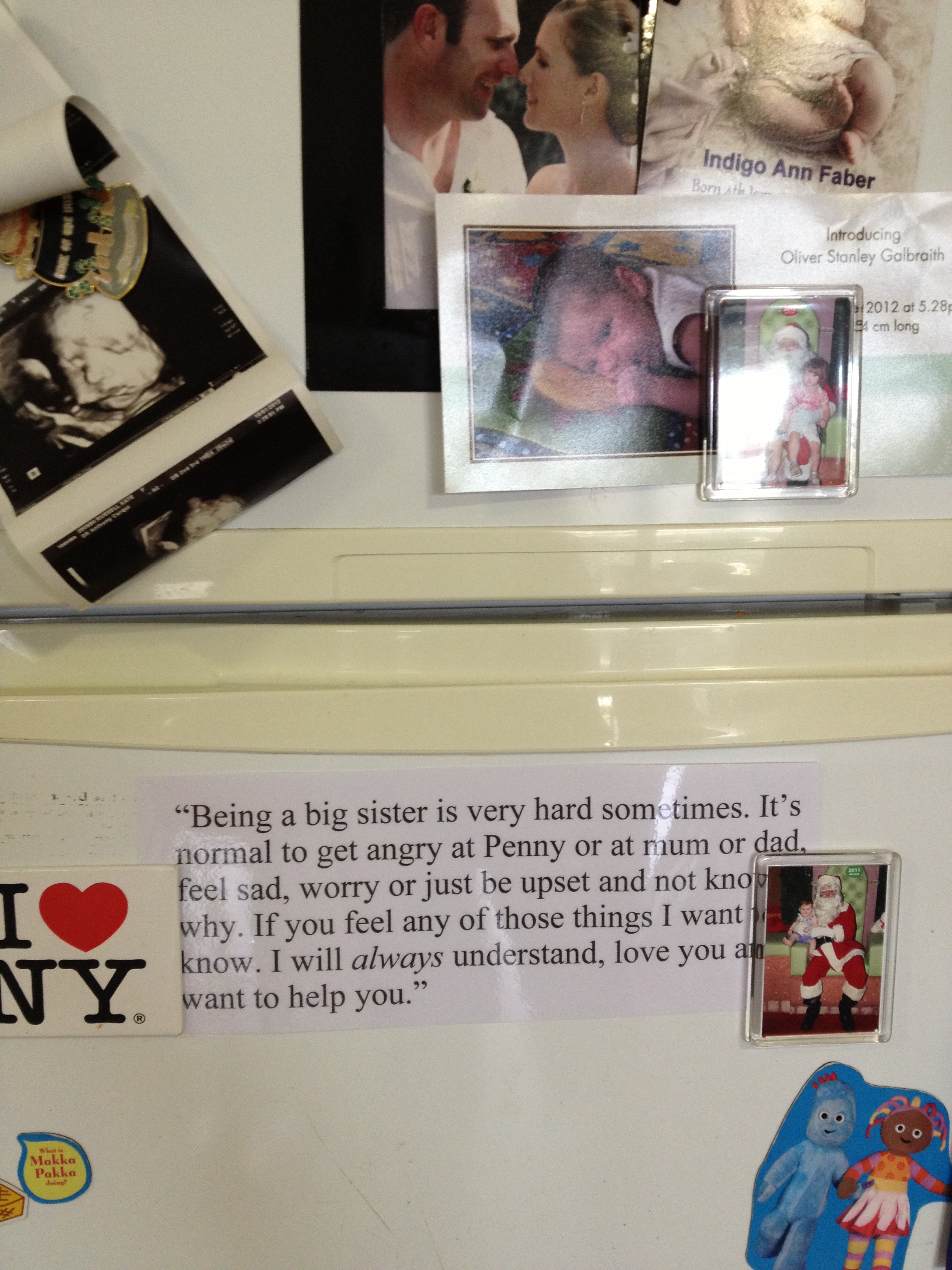It has been a busy week here as I had to work four of the five working days meaning Lucy (2.4 years) and Penny (1.3 years) were in daycare for three days this week. On weeks like these I always feel particularly guilty for not spending much time with the girls so I try to make up for that by being extra present with them when we are together. We nearly always (weather permitting) go to the park when I pick them up from daycare and run off any ill feelings that may have crept in over the course of the day. It has become a favourite time for the girls and I as we explore different parks around our beautiful city and seems to make the guilt of leaving them in care for the day somewhat lift.
Because anything that’s not working, Daddy fixes 🙂
I love the tranquil nature of my one year old. She seems to take the time to stop and absorb all around her, fully examining and investigating everything before she is satisfied to move on. I often wonder whether this is just her personality or whether it can be attributed to her RIE upbringing. She has never been made to rush through a playground or plopped on one object after another but rather left to determine what she would investigate, when she would investigate and for how long. When she was much younger this often meant she literally hung around just one very mundane seeming piece of equipment, content to use it in her own way and in her own time. I never found this ‘boring’ to watch as some people complain. It was always such a joy as her Mum to see her little cogs ticking over as I picked up the deep thought processes she was going through in this time.
I have always been fascinated by the Montessori approach to learning and although I am by no means a fully committed participant, I am beginning to take on more and more of its philosophies in the girl’s daily routines. Apart from the enormous developmental and learning benefits it provides the girls, I made a conscious decision recently that for sanity sake I was far better working with the girls than against them. So now when they are pestering me and hanging off my legs at dinner time, instead of trying to redirect them to their toys or use the TV, I put them to work on a task suitable to their age and stage to help me get the dinner done. Penny is great at pouring and putting things into bowls or on plates etc whilst Lucy enjoys the physical tasks such as peeling, grating or chopping. It has certainly reduced the stress levels around meal times and we all really enjoy working cooperatively together.
Penny is just over one but still enjoys being involved in helping with daily chores. Both girls routinely help me unload the dishwasher in the morning and then load the dirty breakfast plates afterwards.
Lucy cuts things for me everyday using both sharp and blunt knives and we have never had a cut finger (touch wood). It always amazes me that her sense of self preservation kicks in here and prevents her throwing the knife or using her frantic hands that she frequently uses in most other tasks.
Penny rarely gets to engage in creative play by herself. Lucy will often do painting and craft activities whilst Penny in sleeping and if the girls both do it together, before long the activity is being monopolised by Lucy with Penny regularly having her paintbrush taken or swapped or directed to try something different to what she is doing by her big sister. This can be incredibly frustrating for Penny who, as I mentioned before, is quite deliberate in her actions and seems to have certain plans and goals of her own that she can not verbalise and is not quite strong enough to follow when these alterations to her schedule occur. So, I decided to give Penny a chance to express her creativity freely this week by giving the girls separate baths and giving each of them their own tray of shaving cream paints and brushes to use as they’d like. I believe I could have left Penny in that bath until all heat had dissipated and her lips were blue from cold. She loved it! Will definitely be figuring out some more ways to allow her some independent craft and paint time in the future.
I decided to incorporate some dirt play in the girl’s play this week. I had read a quote somewhere recently which stated simply ‘A dirty kid is a happy kid’. This struck a little cord in me because I know my children are happy playing in dirt and getting as messy as they can. Normally, however, they are trying to do it as we walk through a park or are on our way out somewhere and they start digging in someone’s garden which can often be stressful as I worry about them pulling up plants etc as they explore. So as I mused over this during my lessons supervising in a high school, I decided to set up a dirt pit in the backyard, dress the kids in their Sunday worst and then let them go for it. I was then really sadly shocked that my completely destructive and messy two year old played in the dirt for about 5 minutes before asking to have her hands washed. She started to get quite concerned about the dirt that was on her hands and feet. It made me think that maybe I have been a little restrictive in allowing them to get dirty over what has been a pretty hectic period of time here. I am determined to keep this dirt pit going and let the girls break through all hesitations and become complete dirt monsters. I’m on the lookout for a mud kitchen at an op shop that I could use as an accompaniment to the dirt pit.
So… an interesting and revealing week here. I am really enjoying this blog series at the moment. It is making me really analyse the girls’ play and look more closely at how I can tailor it to their personalities as well as their interests. Thank you again for following and as always I’d love to hear from you or answer any questions you may have.

